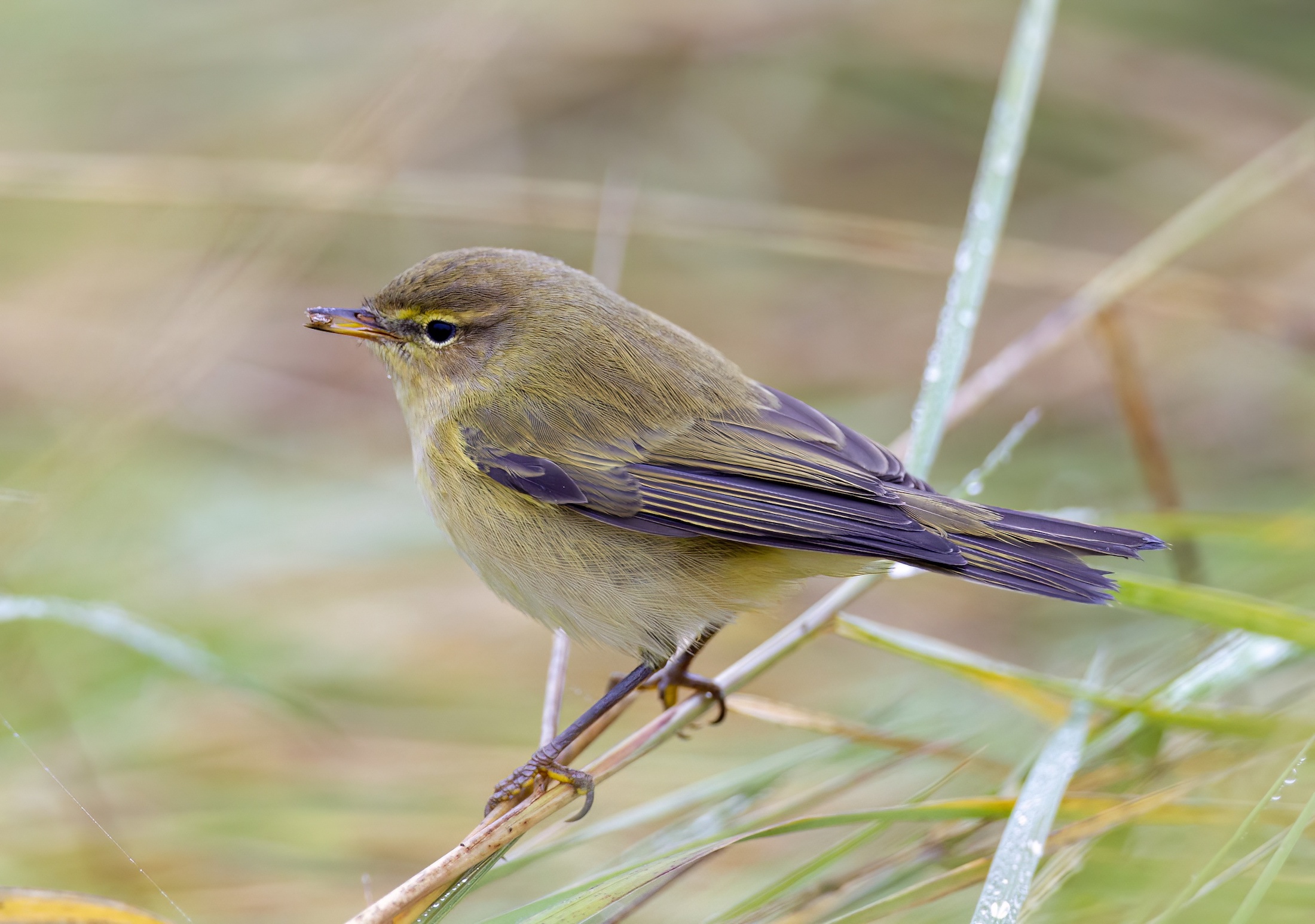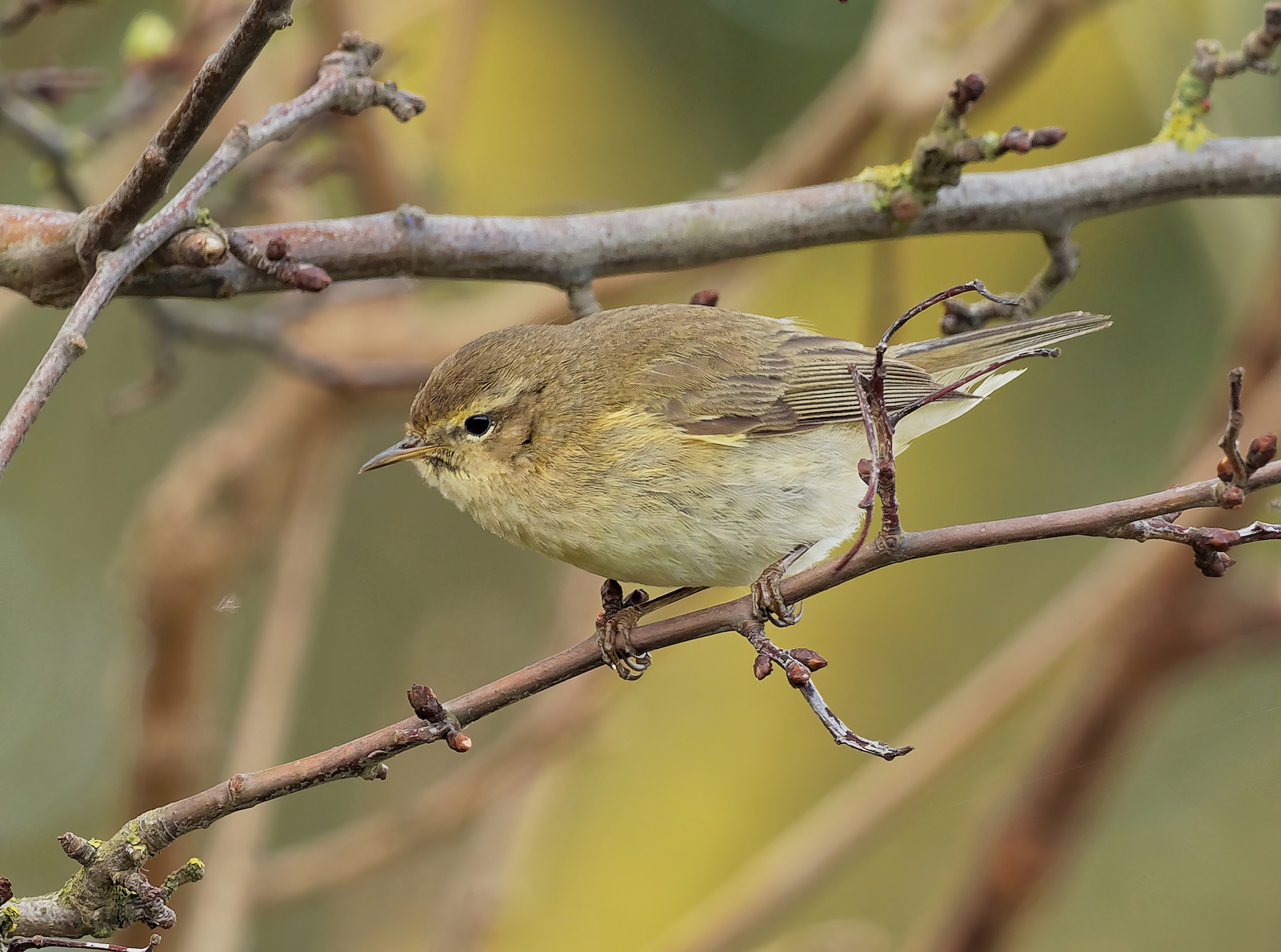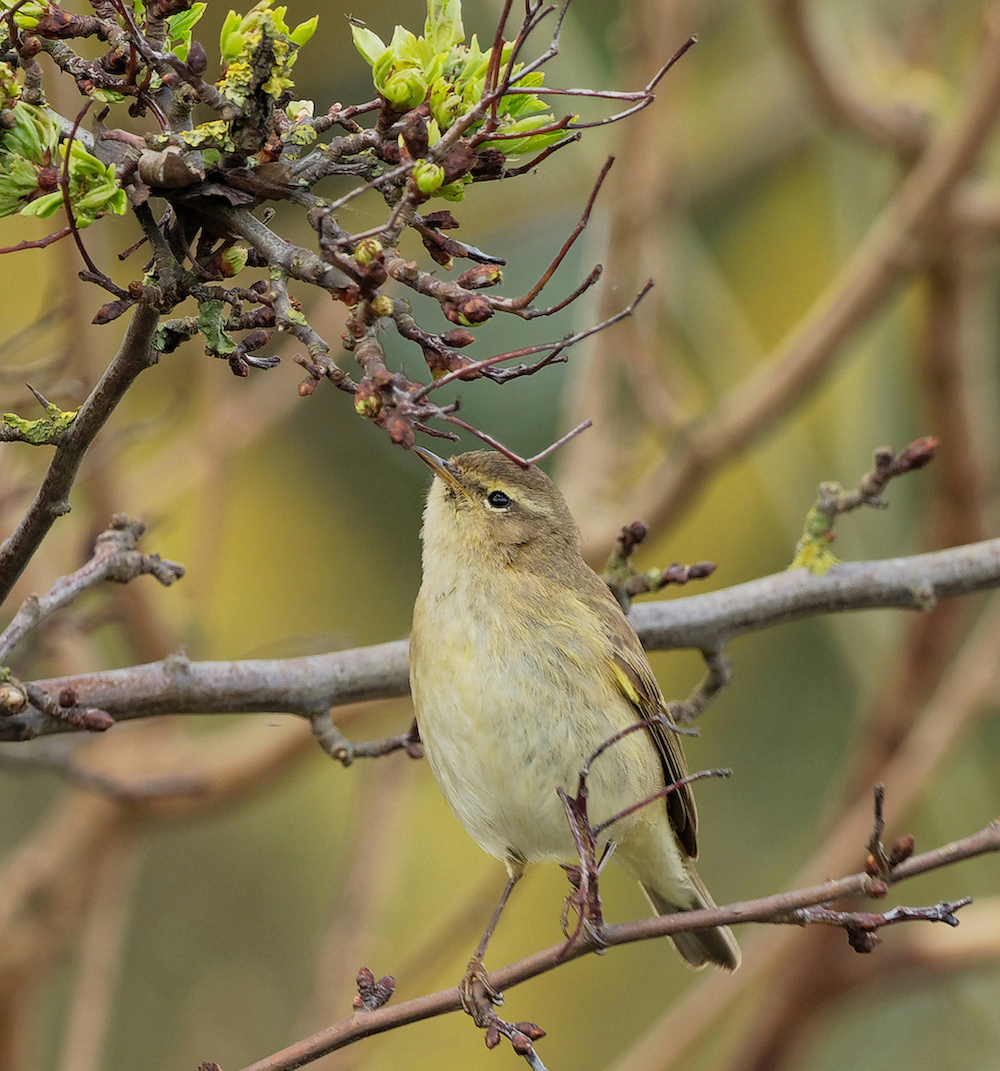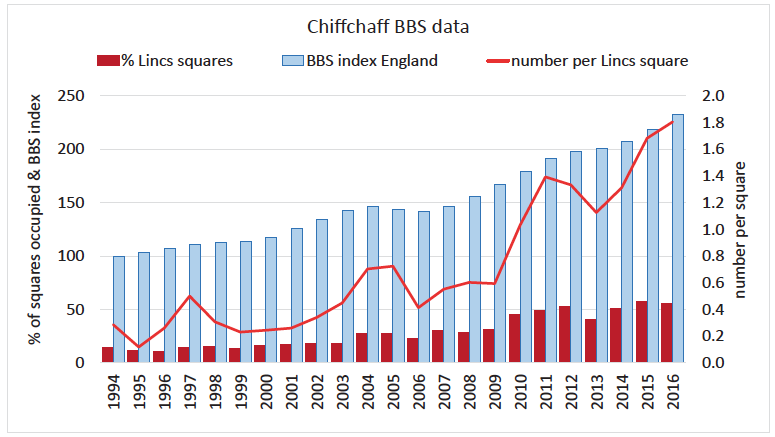Common Chiffchaff Phylloscopus collybita
Common summer visitor and passage migrant. Rare/scarce in winter. Siberian Chiffchaff, P.c. tristis, very scarce migrant and winter visitor. Scandinavian/ Baltic subspecies P.c. abietinus vagrant.



Chiffchaff has become much commoner in Lincolnshire over the last 30 years as reflected by the Lincolnshire BTO BBS index and its range increase between the Lincolnshire Atlas of 1980-89 to the BTO Atlas of 2007-11. The Lincolnshire Atlas estimated the population at 6,700 birds in the 1980s and the APEP4 BBS weighted estimate in 2016 was 21,000 pairs. It now our commonest Phylloscopus having switched places with Willow Warbler, P. trochilus. Interestingly BTO Bird Trends reported that it suffered badly along with other migrants in the Sahel drought of the early 1970s. It then rebounded strongly. It may be that this increase has been driven by a northerly shift in its wintering area which has improved its winter survival success. As the earliest arriving warbler species in spring arriving from March onwards, this may allow it to maximise its chick productivity. As examples of numbers recorded in spring, those in 2016 were 27 at Gibraltar Point and 20 at Donna Nook on March 27th, 54 singing at Barton Pits on April 5th and 30 at Whisby NR on April 18th. Autumn passage begins from late August when relatively high numbers start to appear on the coast and numbers peak around about mid-September. Typically, larger counts are predominantly from Gibraltar point, with peaks of 30-75 from then until early October. Over-wintering birds have increased over the last 30-40 years and in 2020 45 were reported from 20 sites. Favoured sites include STWs at Manby, Marston and Stamford, some of the coastal and inland reserves and suburban gardens. A few birds of the Siberian race P. c. tristis occur most years, mainly in the autumn, see the account of that taxon for more details.
Chiffchaff numbers in Lincolnshire are not yet high enough for a county BBS index to be generated but this may soon be possible. The steep increase over the past twenty years has been the reverse of the trend for Willow Warbler (as shown by the chart of raw BBS data plus the smoothed England index). After lower counts through the summer, relatively high numbers started to appear on the coast from Aug 21st, and passage numbers peaked between Sep 18th and Oct 9th.

The BTO ringing database shows that Chiffchaffs ringed in the county have been controlled or recovered in Morocco (3), Senegal (2), Denmark (1), Hungary (1), Netherlands (1), and Portugal (1). Those in Africa were all in November and December. There is a single control of a foreign-ringed bird in the county, an adult ringed on 14th March 2012 in Portugal caught on 3rd November 2012 near North Somercotes.
